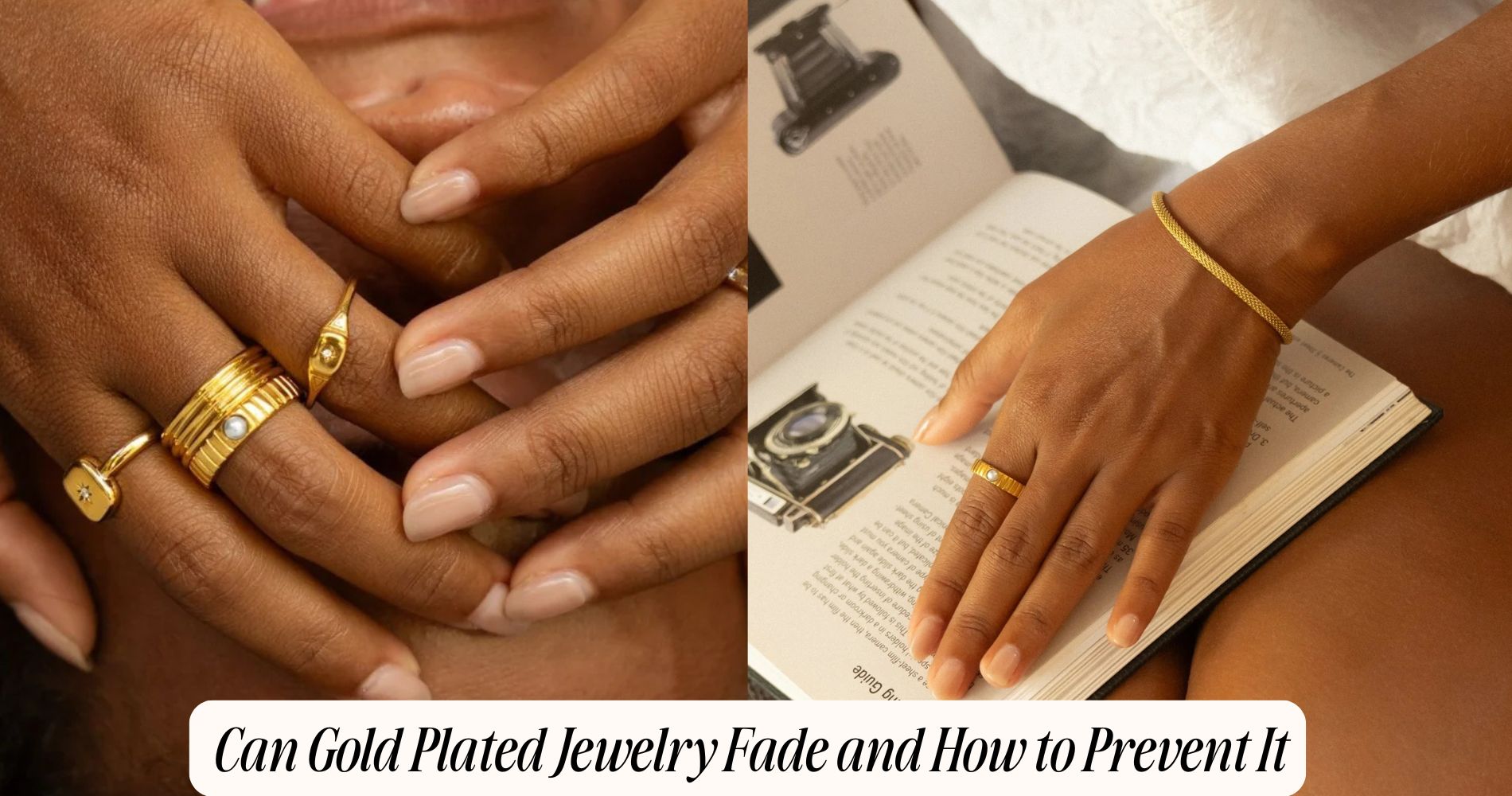
Can Gold Plated Jewelry Fade and How to Prevent It
Wondering can gold plated jewelry fade over time? Yes—it can, as the thin gold layer gradually wears away due to friction, moisture, and exposure to chemicals. You can slow this process by avoiding stacking or fidgeting, removing pieces before workouts or sleep, and keeping perfume, sunscreen, and detergents off your jewelry. Clean gently with lukewarm water and mild soap, dry thoroughly, and store in a low-humidity, soft-lined compartment. Choosing thicker plating (1–2 microns or vermeil) helps extend its shine. Learn how thickness, metals, and care choices affect durability — and explore our Gold-Plated Jewelry Collection for timeless everyday pieces.
What Gold Plating Is and How It’s Made
Although it looks like solid gold at a glance, gold plating is a thin layer of gold bonded to a base metal—typically brass, copper, or sterling silver—through an electroplating process.
You submerge the piece in a gold salt solution and run current to deposit microns of gold onto the surface. The gold plating process requires clean, polished metal, a conductive strike layer (often nickel or palladium) to promote adhesion, and controlled voltage, time, and bath chemistry.
Select plating materials based on skin sensitivity, desired color, and budget. Choose 14k–24k bath solutions to tune hue and hardness.
Specify thickness: flash (under 0.175 microns), standard (0.5–1 micron), or heavy (2.5+ microns).
Verify surface prep, agitation, and rinse quality to achieve uniform coverage and reliable results.
Why Gold Plating Fades Over Time
Knowing how plating is built helps explain why it wears away: that gold layer is only microns thick and sits atop a harder, often dissimilar metal.
Friction from daily wear polishes and abrades the surface, thinning the deposit at high-contact points like ring rims and clasp edges. Sweat, lotions, and detergents introduce chlorides and surfactants that undermine adhesion.
Environmental factors—humidity, salt air, and temperature swings—accelerate porosity and microcracking.
While gold itself resists corrosion, base metals beneath can corrode, migrate, or tarnish. Those oxidation effects creep through pores, discoloring the surface and weakening the bond.
Mechanical stress from bending chains or stacking rings adds shear forces that lift the plating. Ultrasonic cleaning, rough storage, and perfume overspray further erode the finish by combining chemical attack with abrasion.
How Long Gold Plating Typically Lasts
Depending on thickness, wear frequency, and skin chemistry, gold plating can look fresh for a few months to a few years.
You can estimate gold plating lifespan by measuring microns. Ultra-thin flash plating (under 0.1 micron) often dulls within weeks of regular wear. Standard fashion plating (0.3–0.5 micron) typically lasts 3–12 months. Heavier layers (1–2 microns) on rings or bracelets can maintain luster 1–3 years, while vermeil (2.5+ microns over sterling silver) often endures several years with periodic touch-ups.
Base metal matters: nickel- or brass-based pieces may show diffusion and discoloration sooner than sterling silver or gold-filled cores.
Finish quality also counts—dense, well-electroplated layers resist abrasion longer.
Recognize these factors affecting durability to set maintenance schedules, rotate pieces, and plan timely replating.
Everyday Habits That Accelerate Wear
Those lifespan ranges only hold if you avoid behaviors that grind, abrade, or chemically attack the plating.
You accelerate wear when you stack pieces that rub, fidget with rings, or sleep in necklaces—constant friction removes microns of gold.
Tight bracelets and watchbands act like sandpaper at contact points.
Gym sessions add sweat, salt, and impact; chlorine, hot tubs, and pools amplify corrosion.
Perfume, sunscreen, and hair products contain solvents and emulsifiers that penetrate pores and undermine adhesion.
Cooking exposes you to heat, steam, and acidic splashes.
Gardening and DIY introduce grit that embeds and scours.
Even daily wear at a keyboard scuffs ring edges against hard surfaces.
Environmental factors matter: high humidity, UV, and urban pollution increase tarnish of base metals, hastening visible thinning of the plating.
Care and Cleaning Practices That Preserve Shine
Although gold plating is thin, you can keep it bright by using gentle, low-abrasion routines and strict chemical avoidance. Rinse pieces with lukewarm water to remove perspiration and dust, then apply a drop of mild, dye-free dish soap.
Use your fingertips or a soft, non-scratch brush; avoid toothpaste, baking soda, and ultrasonic units. Rinse thoroughly and blot dry with a lint-free towel.
Select pH-neutral cleaning solutions specifically labeled for plated jewelry. Test any formula on an inconspicuous area first.
For routine luster, use microfiber or jewelry-grade polishing cloths with non-abrasive compounds; rub lightly in straight strokes, not circular motions, to reduce micro-scratches.
Remove cosmetics, sunscreen, and fragrance from skin before wearing. After exposure to chlorinated water or sweat, clean promptly to limit chemical attack.
Storage and Handling Tips to Reduce Tarnish
Keep that freshly cleaned shine by controlling how you store and handle each piece. Choose storage solutions that block air, moisture, and friction. Use anti-tarnish pouches or zip bags with silica gel, and isolate each item to prevent metal-on-metal abrasion.
Line drawers with soft flocking, or use compartmented trays to maintain separation. Avoid bathrooms; humidity accelerates oxidation.
Adopt handling techniques that minimize chemical exposure. Put jewelry on last and remove it first. Always hold pieces by the edges, not by chains or settings, to reduce stress on plating.
After wear, wipe with a dry, lint-free cloth to remove skin oils and salts, then store immediately. Keep away from perfumes, lotions, and cleaning agents.
For travel, use rigid, padded cases with individual slots.
When to Re-Plate and How to Choose Quality Plating
When the underlying base metal shows through as dull patches, yellowing, or a different hue at high-friction points—ring shanks, clasp edges, pendant bails—it’s time to re-plate.
You should also re-plate when microns have thinned to under 0.25 µm or a karat test pen shows drift.
Typical re-plating frequency: every 6–12 months for daily-wear rings, 12–24 months for occasional necklaces and earrings.
Choose quality plating by verifying these quality indicators: thickness labeled in microns (aim for 1–2.5 µm for vermeil on silver, 0.5–1 µm minimum on base metals), hard-gold alloys (with cobalt or nickel where regulations allow), and an effective barrier layer (palladium or nickel) over brass.
Demand closed-pore electroplating, not flash. Ask for documentation, bath type, and post-plate sealing.
Frequently Asked Questions
Is Gold-Plated Jewelry Safe for Sensitive Skin or Nickel Allergies?
Yes, conditionally. You’re usually safe if the plating is thick and nickel-free, but base metals can trigger skin irritation or gold allergies. Choose hypoallergenic cores (titanium, surgical steel), rhodium barriers, and verify “nickel-free” and “14k+ plating.”
Can Gold-Plated Pieces Be Resized or Repaired Without Damage?
Yes, but proceed cautiously. You risk thinning or cracking the plating. Use resizing techniques like sizing beads or limited stretching; favor repair methods such as soldering with heat control, micro-welding, and immediate replating. Always consult a specialist jeweler.
How Does Gold Vermeil Compare to Standard Gold Plating?
Gold vermeil outperforms standard plating. You get thicker gold over sterling silver, delivering superior wear resistance. For gold vermeil benefits and durability comparison: choose 2.5 microns minimum, avoid abrasives, remove before water or sweat, and store individually to reduce friction.
Are There Eco-Friendly or Ethical Gold Plating Options?
Yes. You can choose recycled gold with sustainable sourcing, audited ethical production, and cyanide-free electroplating. Verify RJC or Fairmined certification, request supply-chain documentation, and favor closed-loop facilities. Avoid mystery alloys, demand nickel-free underlayers, and prioritize local, low-waste finishing partners.
Will Sunscreen, Perfumes, or Lotions Discolor Different Plating Colors Differently?
Yes. You’ll see sunscreen effects vary by plating: yellow gold resists best, rose gold tarnishes faster, rhodium-plated silver shows dulling. Perfumes accelerate corrosion; lotion interactions cause residue. Apply products first, let dry, then wear and wipe pieces.
Conclusion
Yes—gold-plated jewelry can fade, but you can slow it dramatically with smart care. Choose thicker plating (1–2.5 microns), vermeil, or PVD for better longevity. Remove pieces before showering, swimming, sweating, or applying lotions and perfume. Clean gently with a soft cloth and mild soap; avoid abrasives and ultrasonic cleaners. Store separately in anti-tarnish pouches, away from humidity. When wear shows, re-plate with a reputable jeweler. With disciplined habits, you’ll preserve luster and extend service life.







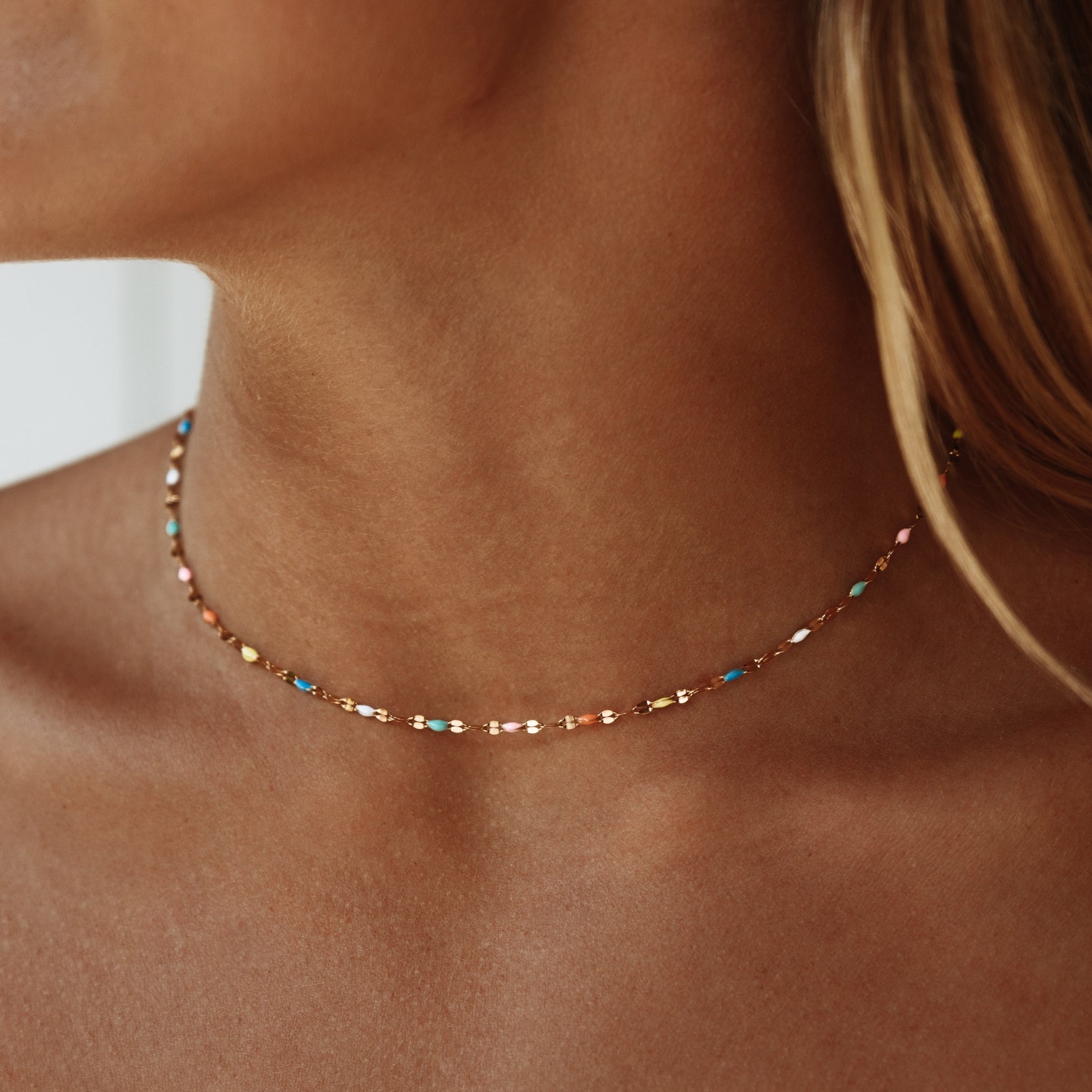
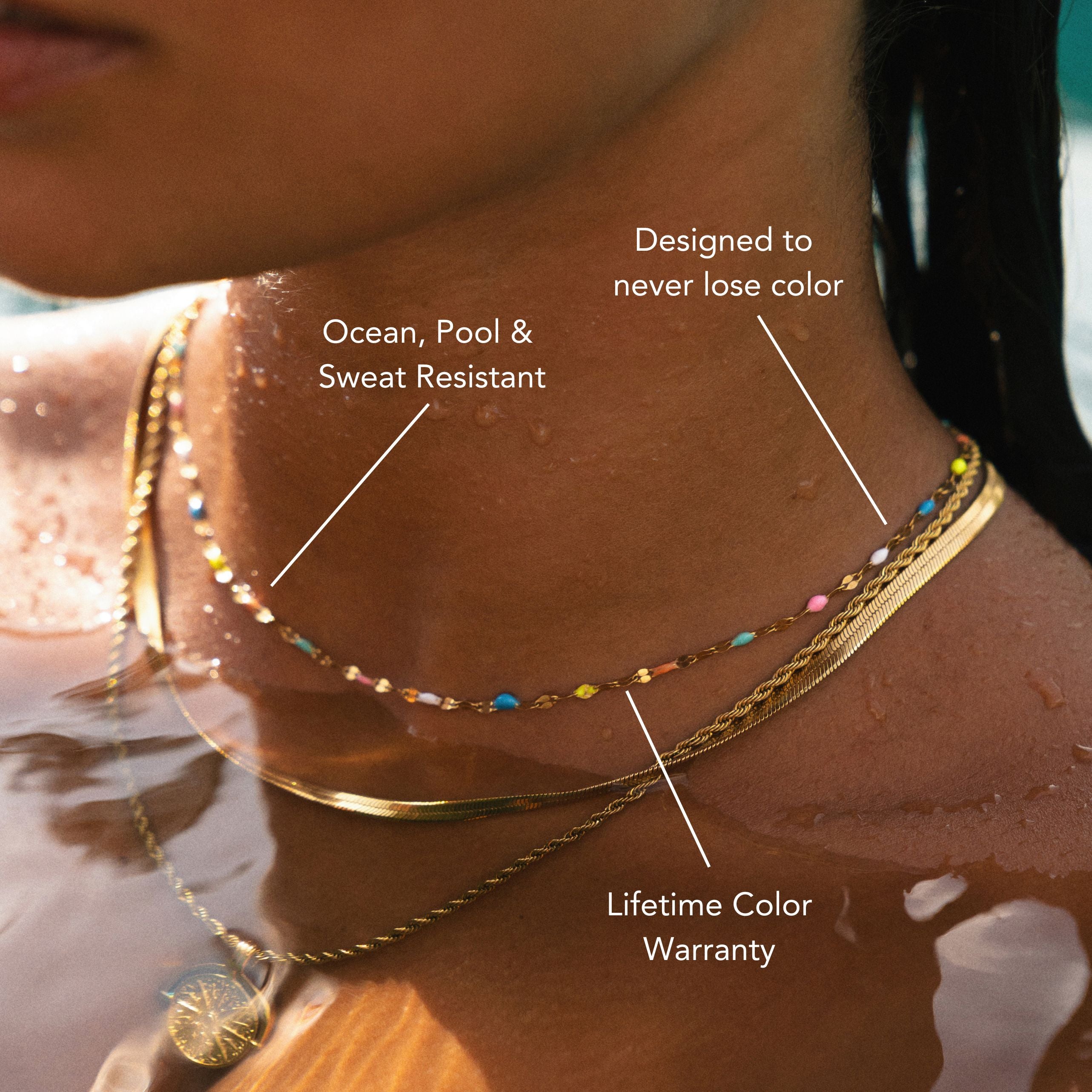
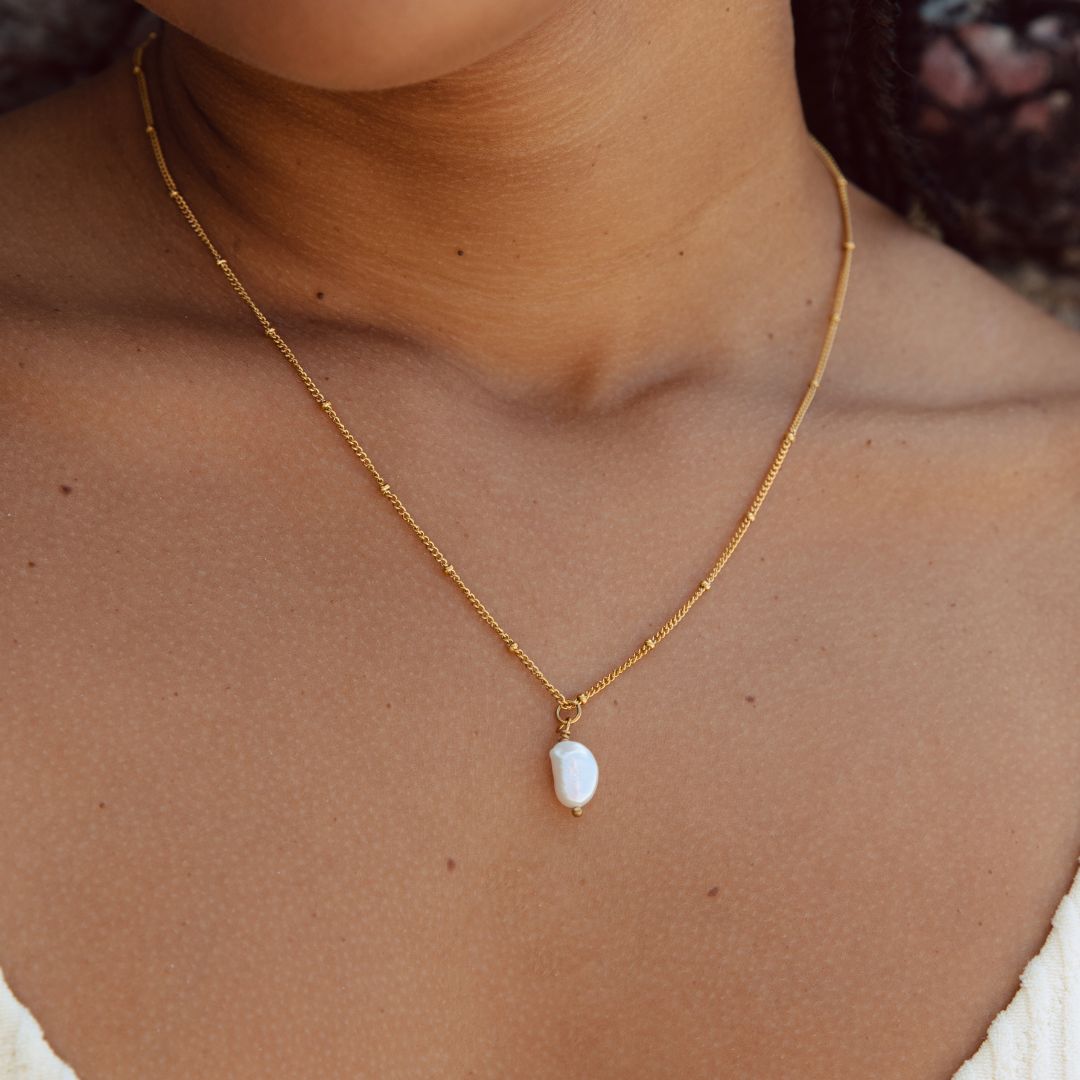
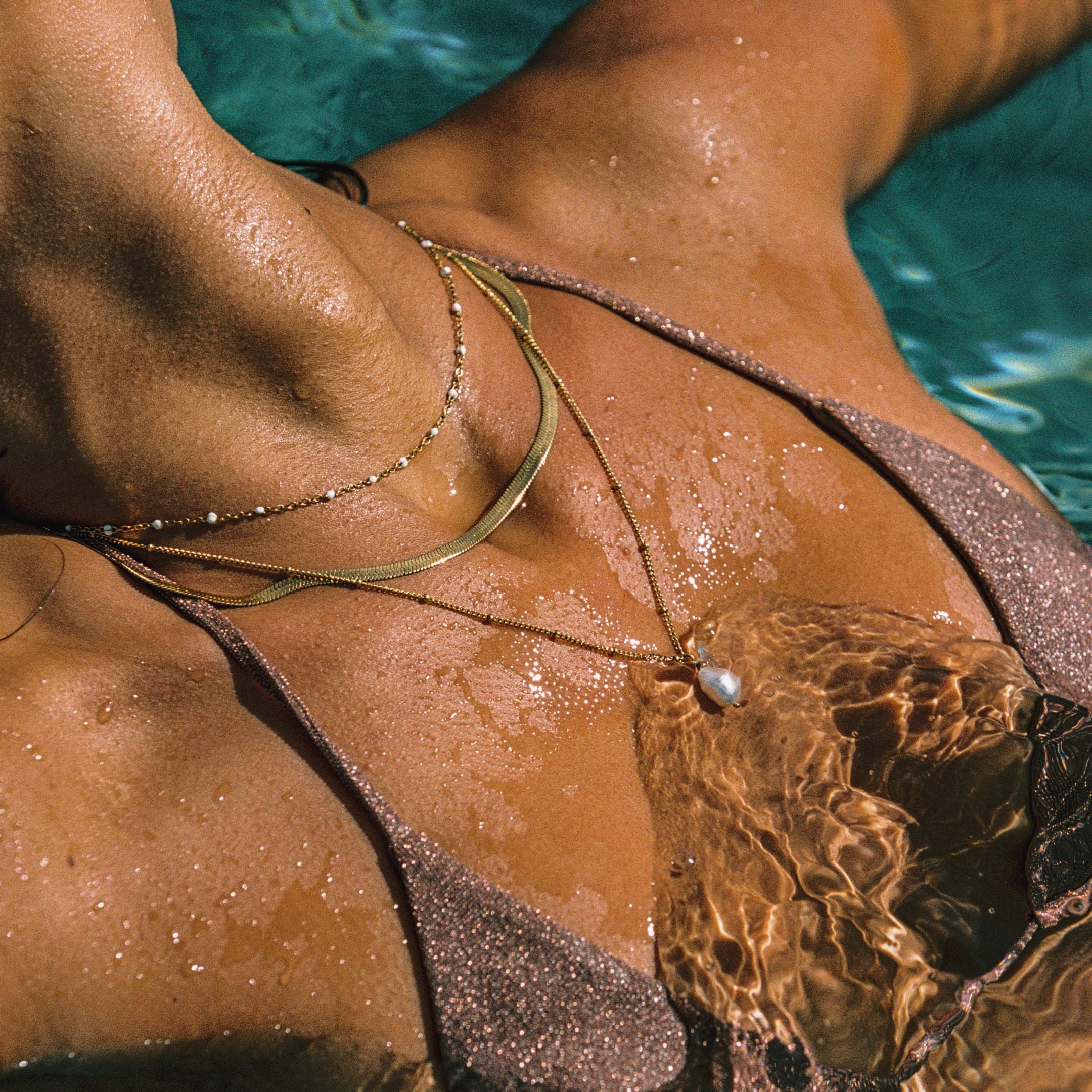
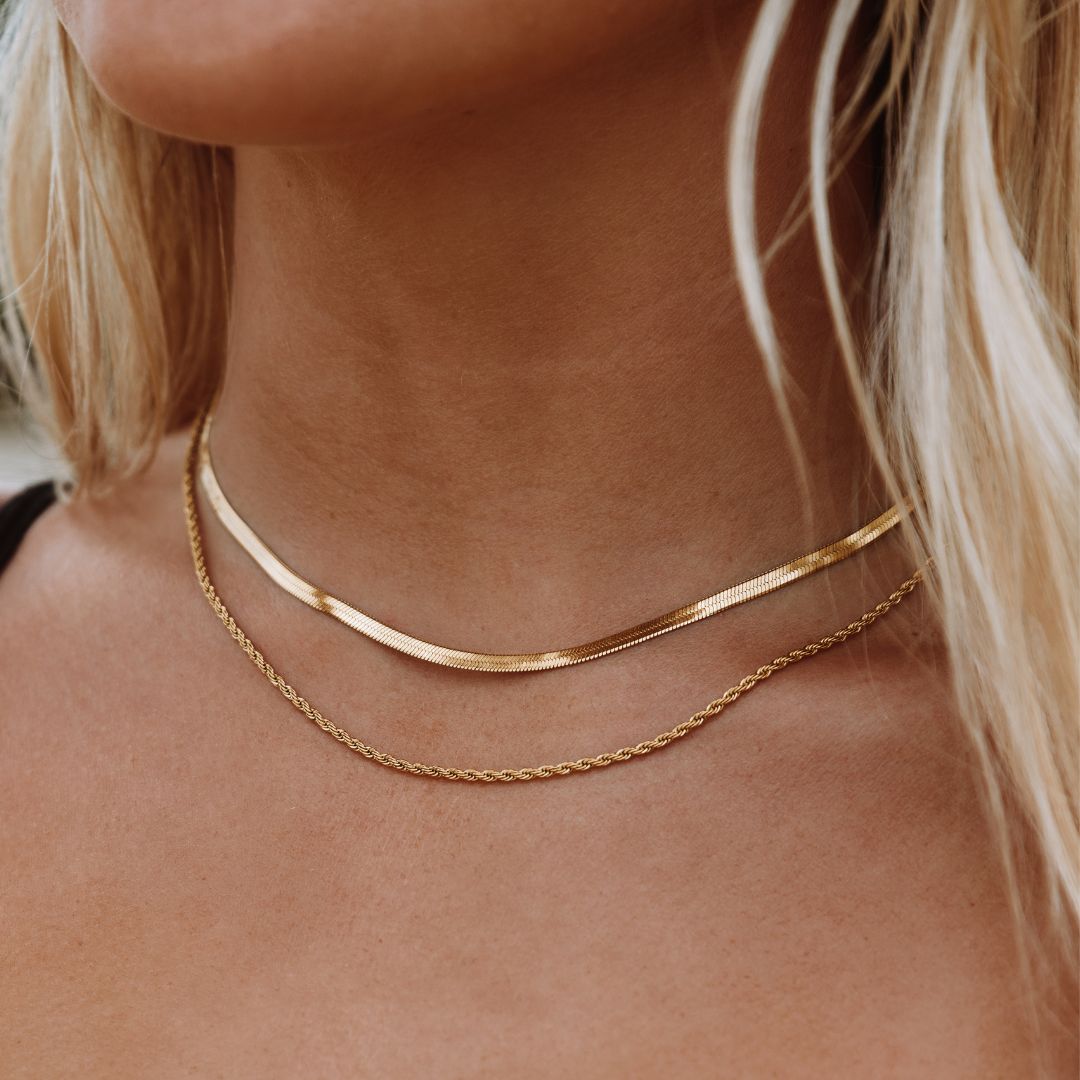
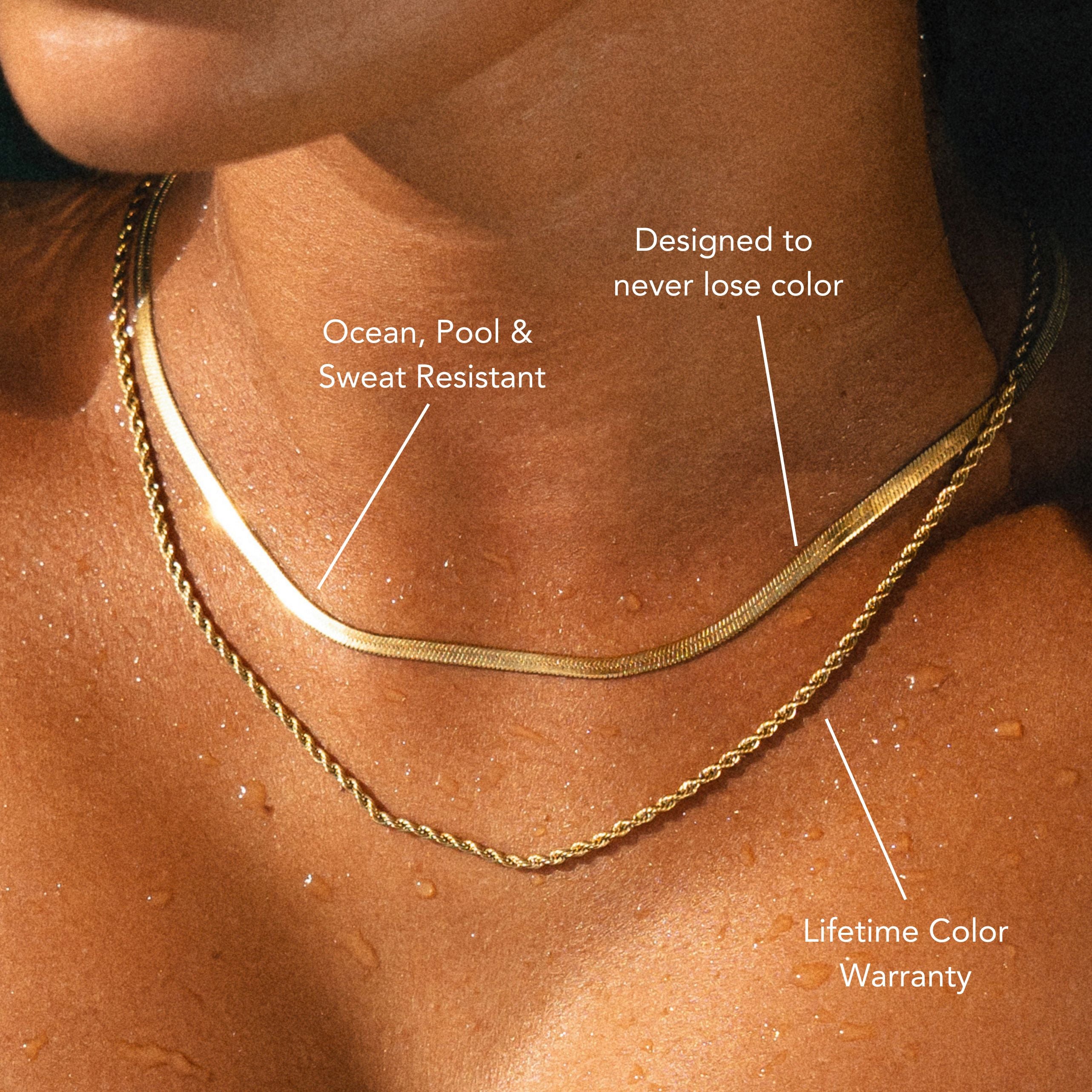
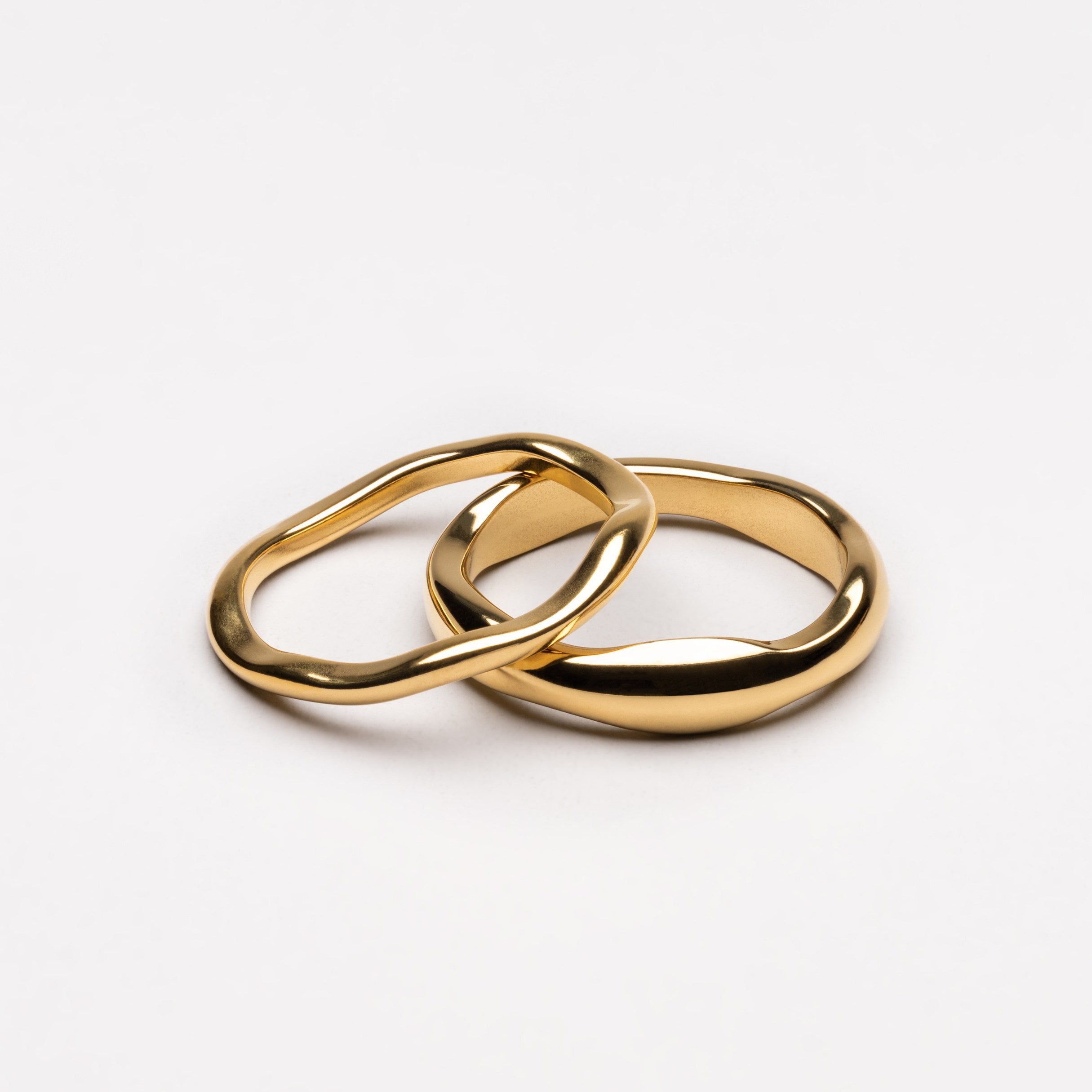
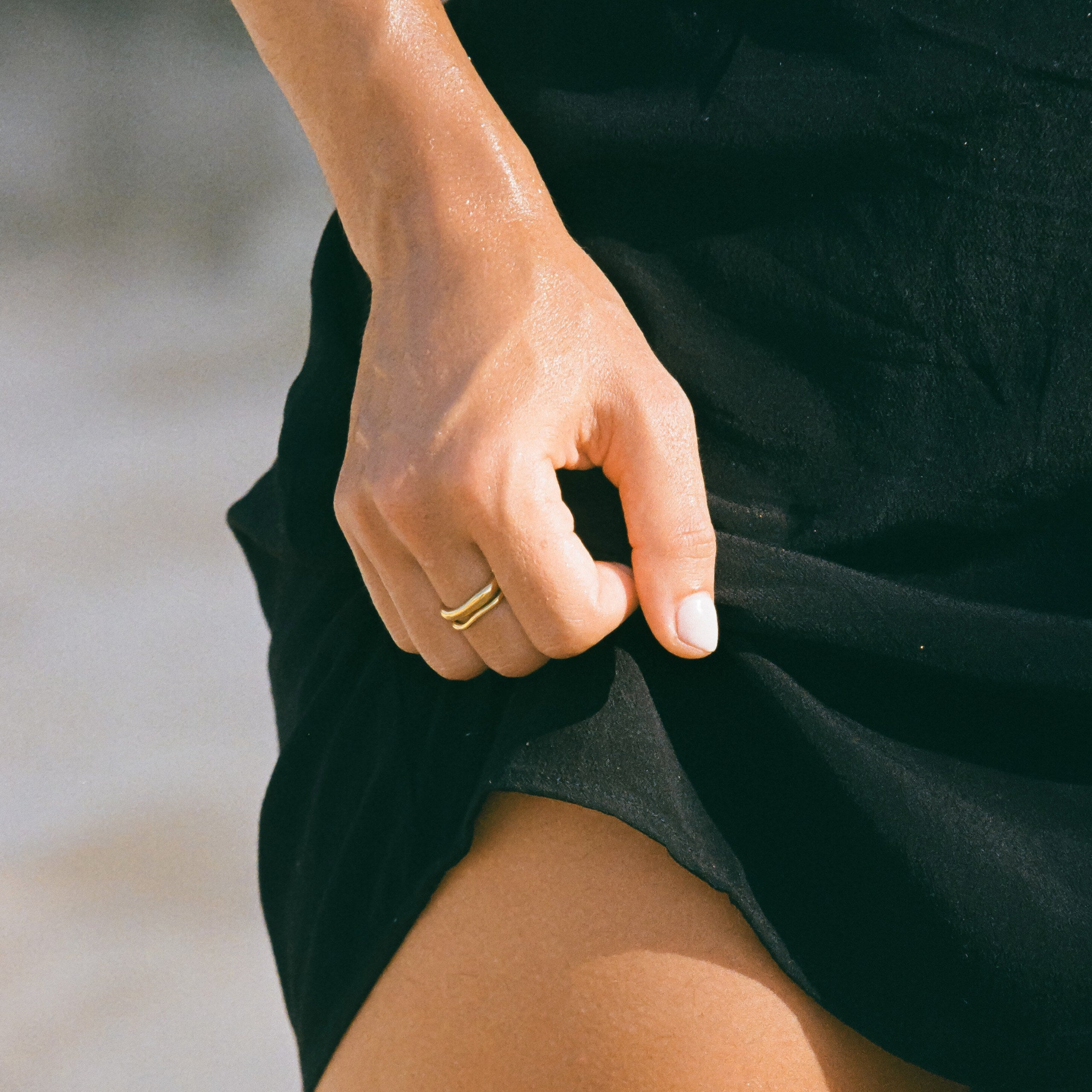
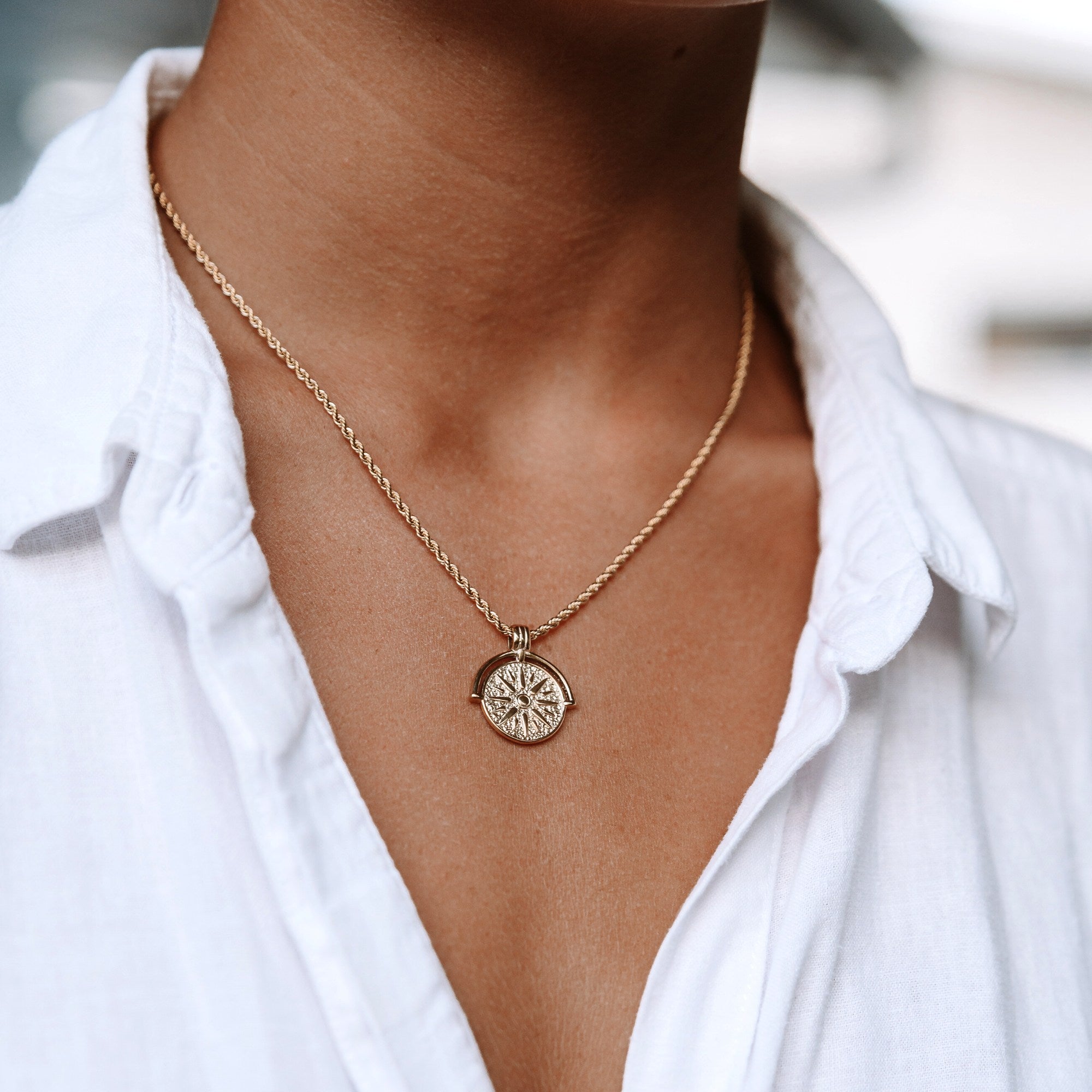
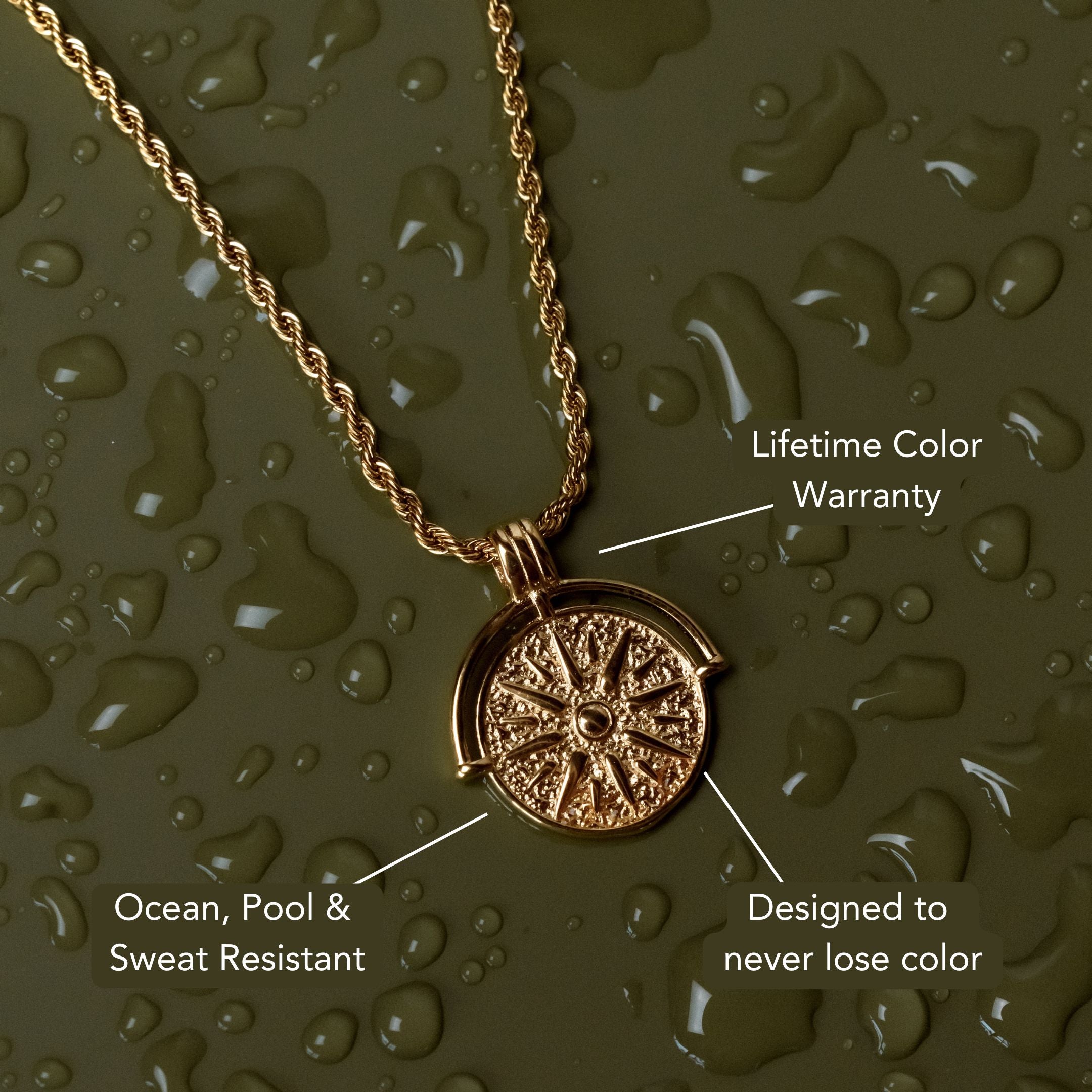
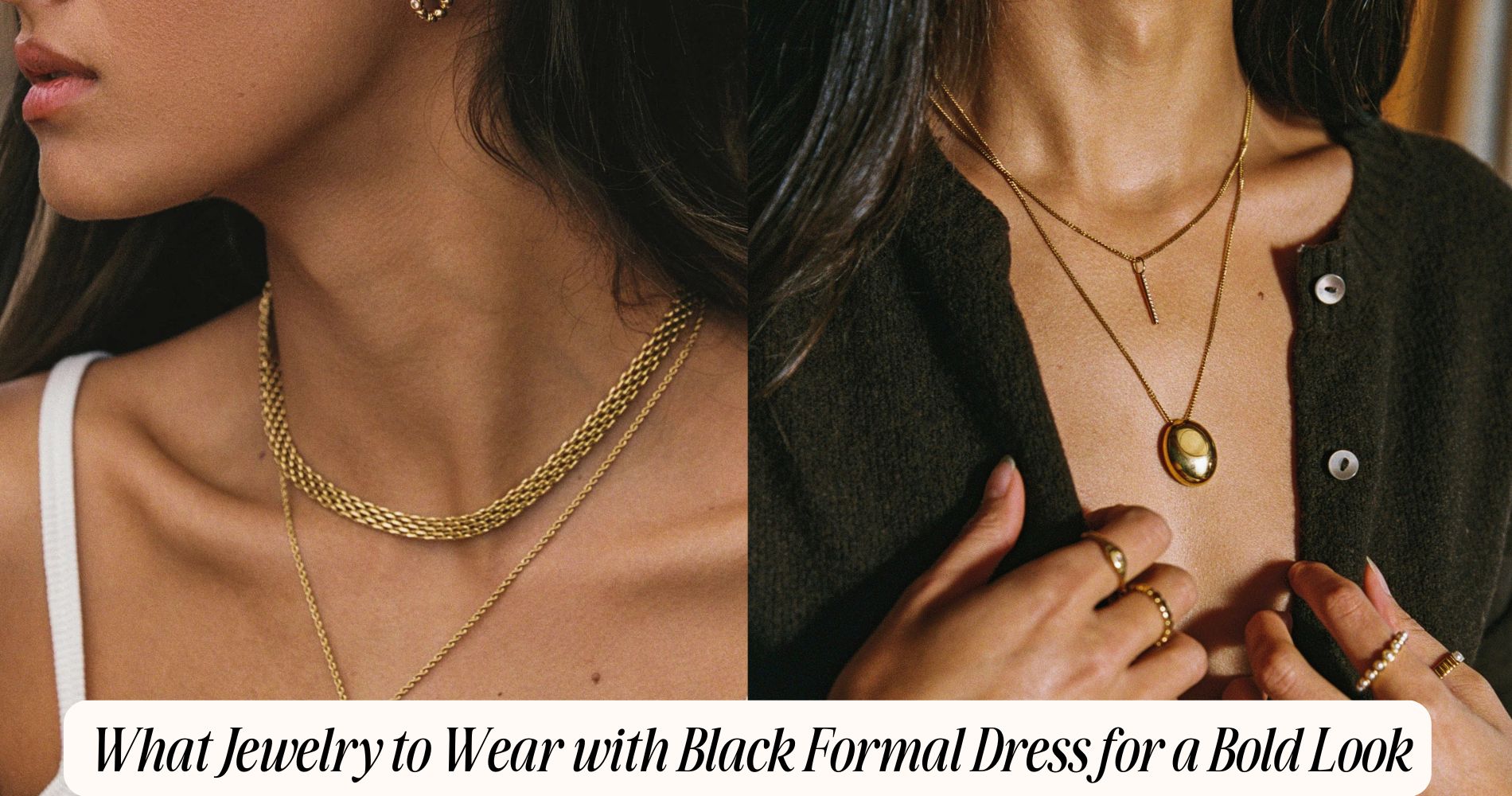
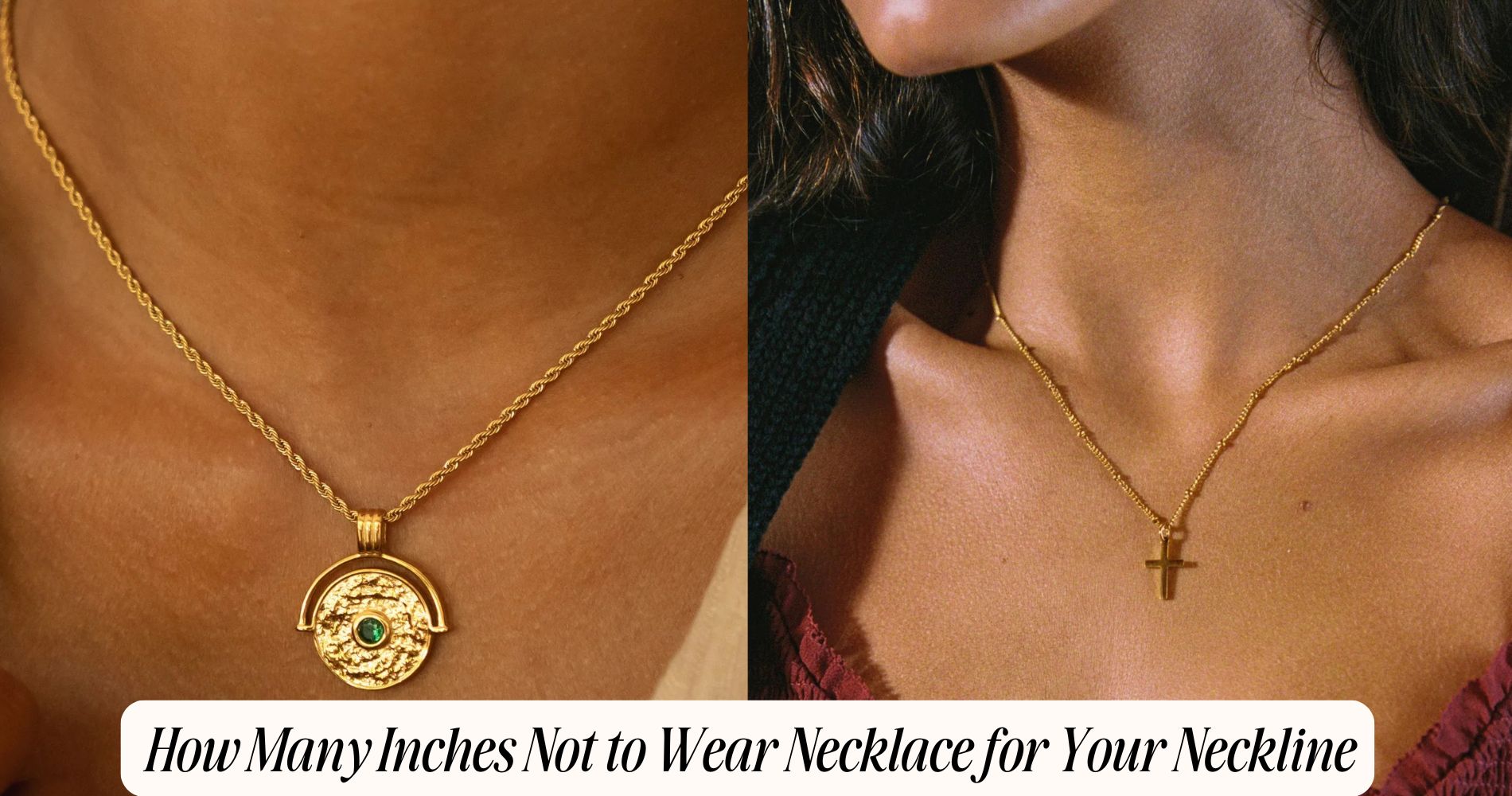




Leave a comment
This site is protected by hCaptcha and the hCaptcha Privacy Policy and Terms of Service apply.